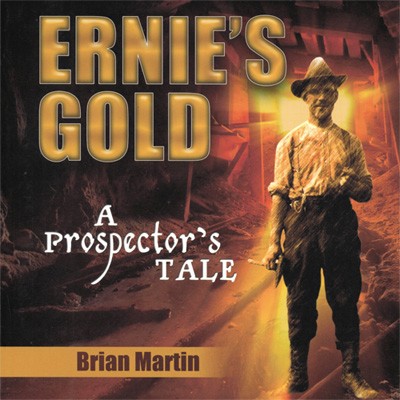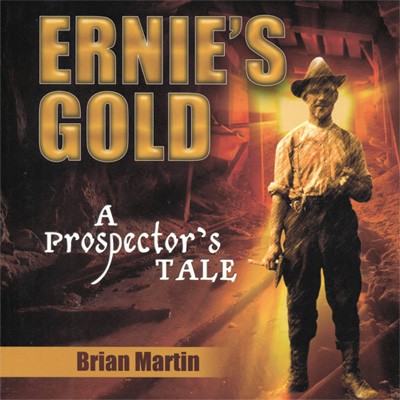Established in 1980, Northern Ontario Business provides Canadians and international investors with relevant, current and insightful editorial content and business news information about Ontario’s vibrant and resource-rich North.
Queenston Mining has been focused the last few years on making the transition from an exploration company to a mining one. Its flagship project – Upper Beaver – and surrounding properties are located east of Kirkland Lake near the small community of Dobie.
President and CEO Charles Page, one of the founding members of the company that was established 20 years ago, said he always knew “they had something valuable.”
“We have had this property a long time but when we first put it together, gold was $400 an ounce and then it went down to about $260. It didn’t make sense at those gold prices so we kept adding more ground and doing some exploration along the way.”
The company plans to sink a shaft at Upper Beaver next year and expects its first gold pour in 2016. In 2007, Queenston raised sufficient capital to allow it to move Upper Beaver to the next stage and to further explore the surrounding deposits.





























